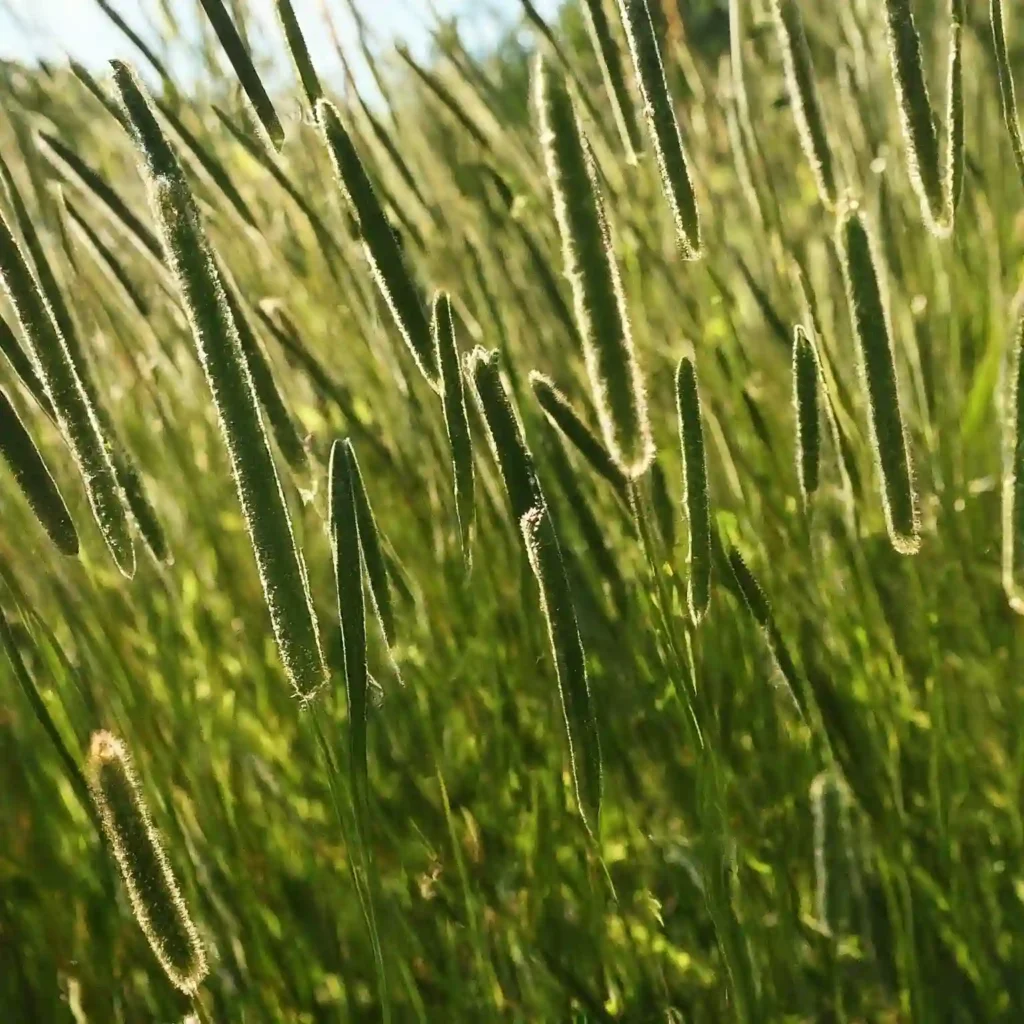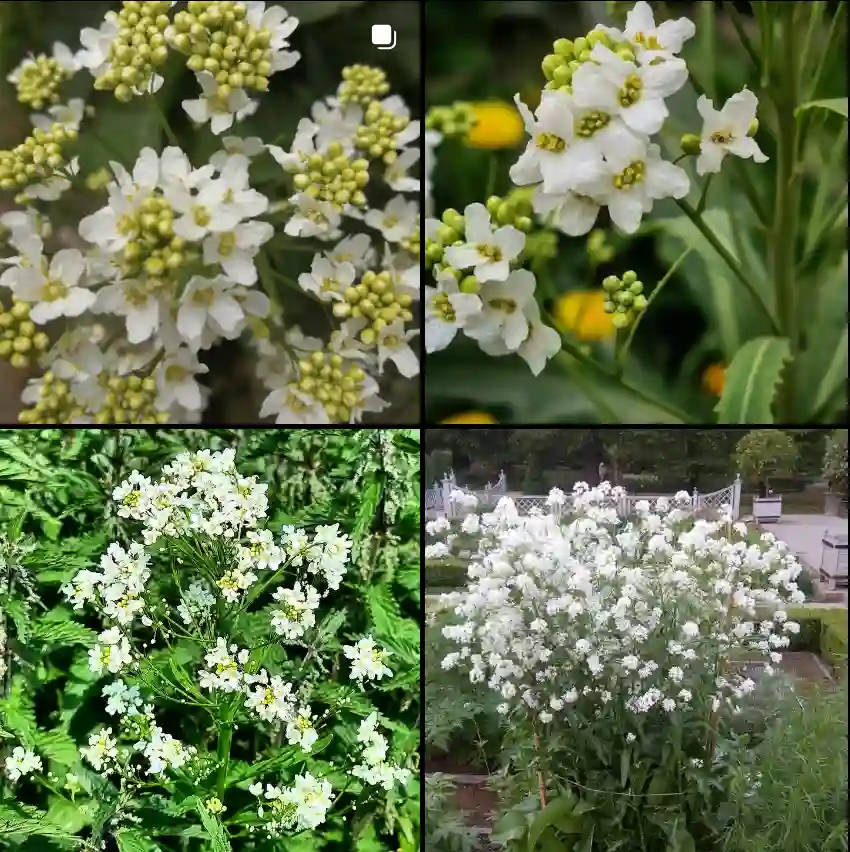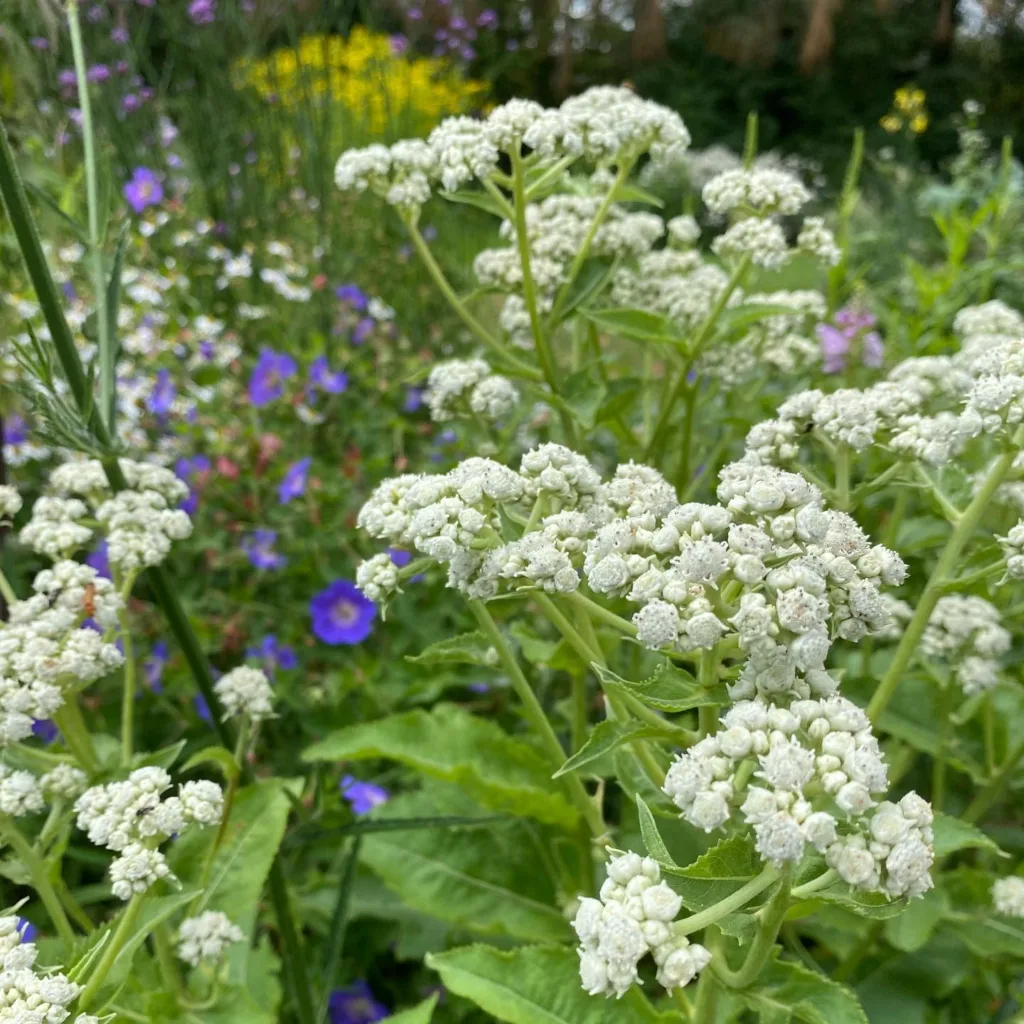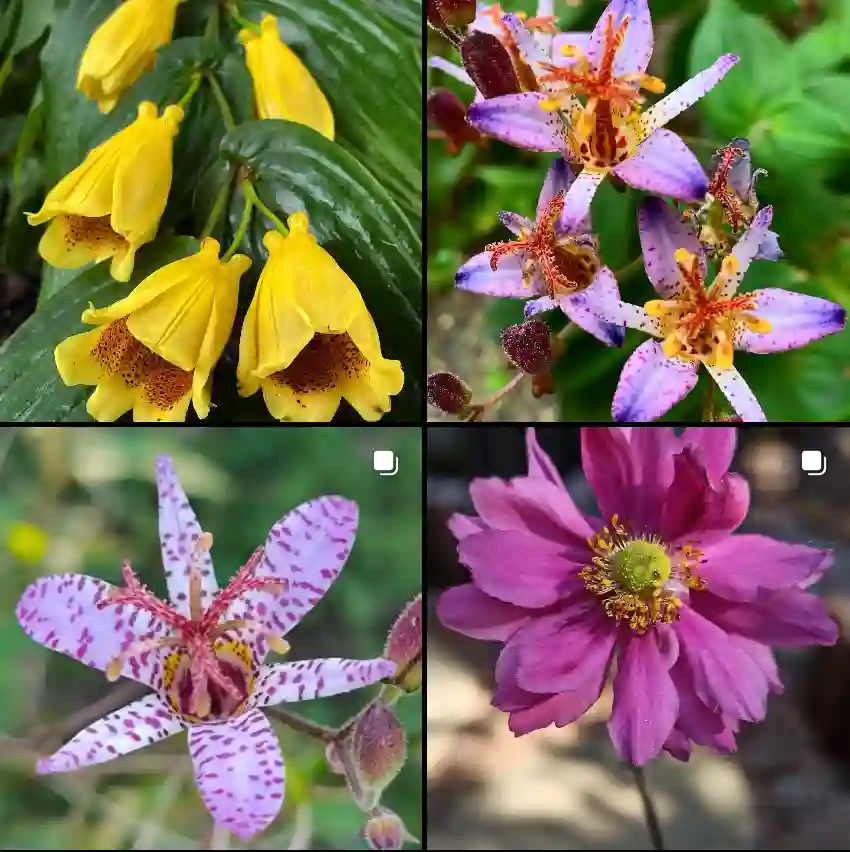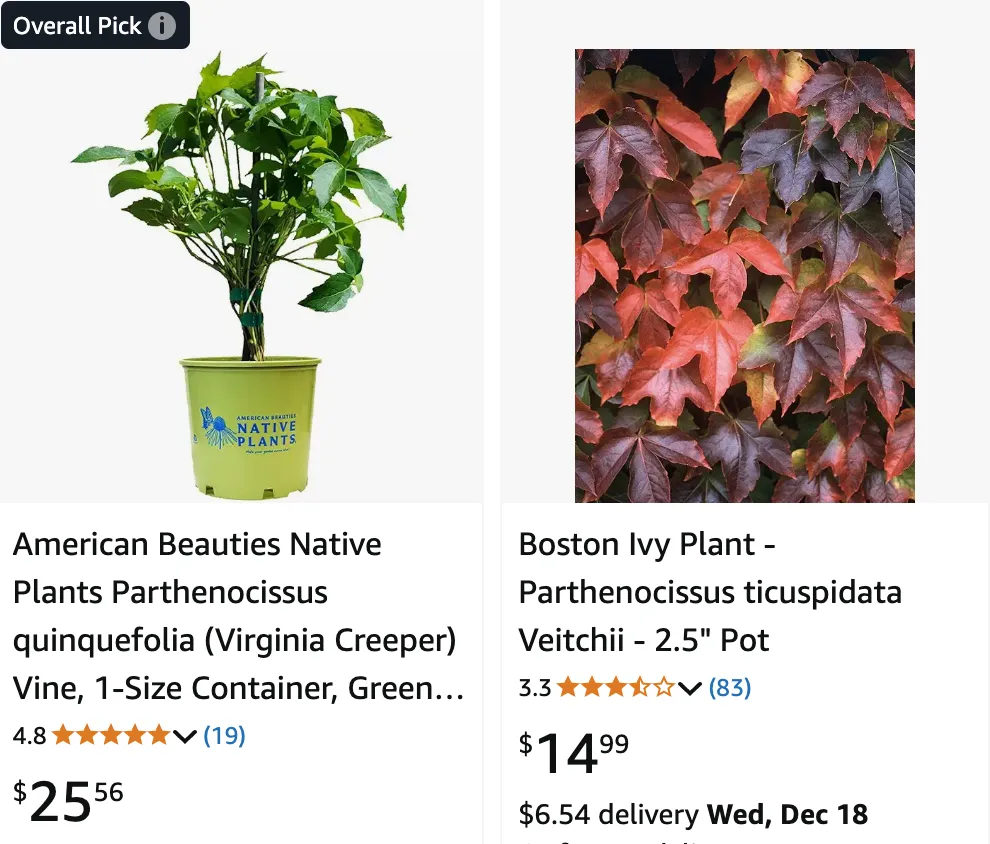
May 26 – Parthenocissus
"Parthenocissus, the Virginia creeper, represents May 26."
Parthenocissus symbolizes connection and adaptability. You have a natural ability to grow and thrive in any environment, building meaningful relationships along the way. Like its climbing vines, you reach out, creating bonds that are both strong and enduring, bringing life and beauty to every corner you touch.
Climbing High with Parthenocissus: A Personal Exploration
My name is Ferb Vu, and I’ve always been fascinated by the way plants can transform a space. Whether it’s a splash of color from a flowering vine or the cool shade of a sprawling tree, the right greenery can completely alter the feel of a place. Lately, I’ve been particularly drawn to the genus Parthenocissus, a group of climbing plants that truly embody the power of nature’s artistry.
Parthenocissus, more commonly known as Virginia creeper or Boston ivy, belongs to the grape family, Vitaceae. These woody vines are renowned for their ability to scale walls and fences, their lush foliage creating vibrant green tapestries in the summer. But the real magic happens in the fall when their leaves transform into a fiery spectacle of crimson, scarlet, and gold.
A Diverse Genus
The genus Parthenocissus comprises about 12 species. Some of the most well-known include:
- Parthenocissus quinquefolia (Virginia creeper): This North American native is perhaps the most recognizable species, famed for its five-leaflet leaves and aggressive climbing habit. – Plant FAQs: Virginia Creeper – Parthenocissus Quinquefolia
- Parthenocissus tricuspidata (Boston ivy): This East Asian species is a popular choice for covering walls, thanks to its adhesive tendrils that allow it to cling to almost any surface. Its leaves are typically three-lobed, resembling those of ivy. – Plant FAQs: Boston Ivy – Parthenocissus Tricuspidata
- Parthenocissus henryana (Chinese Virginia creeper): This species is prized for its ornamental foliage, with leaves that feature silvery veins against a deep green backdrop.
- Parthenocissus inserta (woodbine): Similar to Virginia creeper, this North American species has five leaflets but differs in its tendrils, which lack the adhesive discs of its close relative. – Plant FAQs: Parthenocissus Inserta – Woodbine
- Parthenocissus dalzielii Gagnep.
- Parthenocissus feddei (H.Lév.) C.L.Li
- Parthenocissus heptaphylla (Planch.) Britton
- Parthenocissus laetevirens Rehder
- Parthenocissus renukae Anto & Pradeep
- Parthenocissus semicordata (Wall.) Planch.
- Parthenocissus sichuanensis Y.F.Deng
- Parthenocissus suberosa Hand.-Mazz.
- Parthenocissus vicaryana (Kurz) H.B.Naithani
More Than Just a Pretty Face
While the aesthetic appeal of Parthenocissus is undeniable, these plants offer more than just visual beauty. They provide valuable ecological services, such as:
- Wildlife habitat: The dense foliage and fruit of Parthenocissus offer shelter and food for various birds and small mammals.
- Erosion control: Their extensive root systems help stabilize soil and prevent erosion.
- Urban heat island mitigation: By covering buildings and other structures, Parthenocissus can help reduce the urban heat island effect, keeping cities cooler.
My Personal Connection
My interest in Parthenocissus goes beyond mere admiration. I’ve been experimenting with incorporating these versatile vines into my own garden, using them to create living walls and add vertical interest to my landscape. I’m particularly fond of Parthenocissus henryana, drawn to its unique foliage and less aggressive growth habit compared to some of its relatives.
I’ve found that cultivating Parthenocissus is a rewarding experience. They are relatively low-maintenance plants, tolerating a wide range of soil conditions and light levels. However, it’s important to be mindful of their vigorous growth and provide adequate support to prevent them from overwhelming nearby plants or structures.
A Symbol of Resilience and Beauty
For me, Parthenocissus represents the resilience and beauty of the natural world. These plants thrive in diverse environments, their tenacious vines reaching for the sky. Their ability to transform mundane walls into vibrant green canvases is a testament to nature’s artistry.
As I continue to explore the world of Parthenocissus, I’m constantly amazed by their adaptability and aesthetic versatility. Whether adorning a grand estate or adding a touch of wildness to a city balcony, these climbing vines bring a unique charm to any space they inhabit.
If i die, water my plants!
